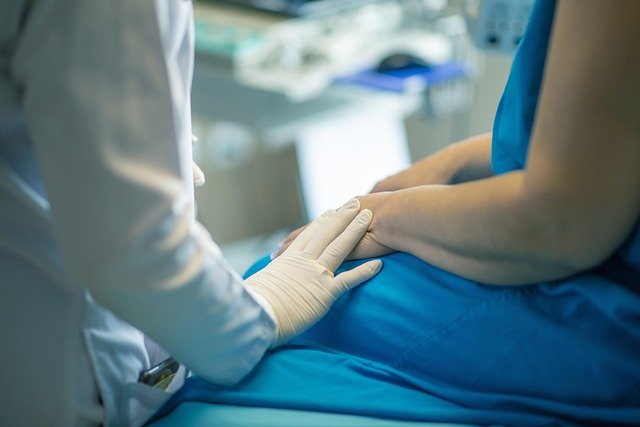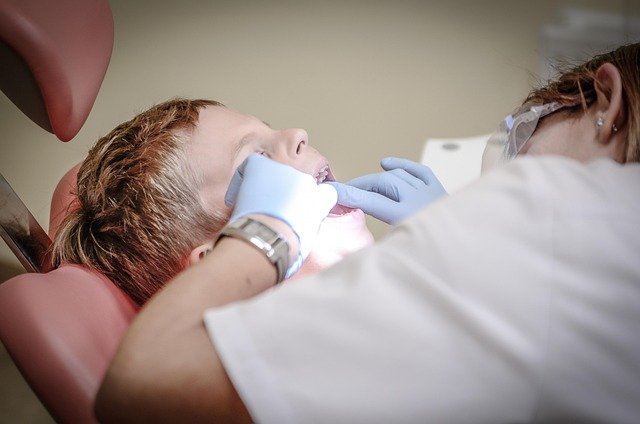Exploring Breast Lift Procedures: Options, Benefits, and What to Expect
A breast lift, or mastopexy, is a surgical procedure designed to raise and reshape sagging breasts by removing excess skin and tightening surrounding tissue. This procedure addresses changes that can occur due to pregnancy, breastfeeding, weight fluctuations, aging, or genetics, helping women achieve a more youthful breast contour without necessarily changing breast size.

Breast shape and position naturally change over time due to various factors including gravity, hormonal changes, pregnancy, breastfeeding, and significant weight loss or gain. For many women, these changes can affect self-confidence and comfort. A breast lift addresses these concerns by repositioning the breast tissue and nipple to a more youthful position, creating a firmer, more elevated appearance. This cosmetic procedure has become increasingly popular as more individuals seek solutions to restore breast contour without necessarily increasing size. Understanding what the procedure involves, the different surgical approaches available, realistic expectations regarding results, financial considerations, and the recovery journey is essential for anyone contemplating this option.
What Is a Breast Lift?
A breast lift is a surgical procedure that reshapes and elevates sagging breasts by removing excess skin and repositioning the nipple and areola to a higher, more forward position. Unlike breast augmentation, which primarily increases breast size using implants, a mastopexy focuses on improving breast shape and firmness. The procedure can also reduce the size of stretched areolas and create a more proportionate breast contour. Ideal candidates typically include women who are dissatisfied with breast sagging but are generally satisfied with their breast size, though some may choose to combine the lift with augmentation or reduction for comprehensive results. It is important to note that while a breast lift can produce long-lasting improvements, factors such as aging, gravity, and lifestyle choices will continue to affect breast appearance over time.
Common Breast Lift Techniques
Surgeons employ several techniques depending on the degree of sagging, breast size, and desired outcome. The crescent lift involves a small incision along the upper half of the areola and is suitable for minimal sagging. The peri-areolar or donut lift uses a circular incision around the areola, allowing for moderate lifting with minimal scarring. The vertical or lollipop lift includes an incision around the areola and vertically down to the breast crease, providing more significant reshaping for moderate sagging. The anchor or inverted-T lift combines the vertical incision with a horizontal incision along the breast crease, offering the most extensive correction for severe sagging. Each technique has specific advantages and potential scarring patterns, and the choice depends on individual anatomy and aesthetic goals. A qualified plastic surgeon will assess breast tissue, skin elasticity, nipple position, and overall health to recommend the most appropriate approach.
Before-And-After Results
Understanding realistic outcomes is crucial for satisfaction with any cosmetic procedure. Before-and-after photographs from qualified surgeons can provide valuable insight into what is achievable through a breast lift. Immediately following surgery, breasts will appear higher and firmer, though swelling and bruising are normal. As healing progresses over several weeks to months, the final shape becomes more apparent, with scars gradually fading over time. Results typically show breasts positioned higher on the chest, improved symmetry, a more youthful contour, and better-fitting clothing. However, individual results vary based on factors such as skin quality, age, lifestyle habits, and adherence to post-operative care instructions. It is essential to have realistic expectations and understand that while a breast lift can significantly improve appearance, it cannot stop the natural aging process. Maintaining a stable weight, wearing supportive bras, and protecting skin from sun damage can help preserve results longer.
Cost Considerations
The financial aspect of a breast lift is an important consideration for most individuals. Costs vary widely depending on geographic location, surgeon experience, facility fees, anesthesia, and the complexity of the procedure. In many regions, breast lift surgery typically ranges from approximately $4,000 to $10,000 or more. Additional expenses may include pre-operative consultations, medical tests, post-surgical garments, medications, and follow-up appointments. Since breast lifts are generally considered elective cosmetic procedures, they are rarely covered by health insurance unless performed for reconstructive purposes following medical conditions or trauma.
| Procedure Component | Estimated Cost Range | Notes |
|---|---|---|
| Surgeon Fee | $3,000 - $7,000 | Varies by experience and location |
| Anesthesia Fee | $600 - $1,200 | Depends on procedure duration |
| Facility Fee | $800 - $2,000 | Hospital or surgical center costs |
| Post-Operative Care | $200 - $500 | Garments, medications, follow-ups |
| Total Estimated Cost | $4,600 - $10,700 | Combined approximate range |
Prices, rates, or cost estimates mentioned in this article are based on the latest available information but may change over time. Independent research is advised before making financial decisions.
Many surgeons offer financing options or payment plans to make the procedure more accessible. It is advisable to obtain detailed cost breakdowns from multiple qualified surgeons during consultation appointments and to verify their credentials and experience before making a decision.
Recovery and Aftercare
Proper recovery and aftercare are essential for optimal healing and results. Immediately following surgery, patients typically experience swelling, bruising, and discomfort, which can be managed with prescribed pain medication. Most individuals can return to light activities within one to two weeks, though strenuous exercise and heavy lifting should be avoided for at least four to six weeks. Wearing a surgical support bra as directed helps minimize swelling and supports healing tissues. Surgeons provide specific instructions regarding wound care, activity restrictions, and follow-up appointments to monitor progress. Potential complications, though rare when performed by qualified surgeons, may include infection, bleeding, scarring, changes in nipple sensation, or asymmetry. Attending all scheduled follow-up visits and promptly reporting any concerning symptoms ensures any issues are addressed quickly. Full recovery and final results typically become apparent within three to six months as swelling subsides and incision lines mature.
Making an Informed Decision
Choosing to undergo a breast lift is a personal decision that should be made after thorough research and consultation with qualified plastic surgeons. During consultations, discuss your aesthetic goals, medical history, lifestyle factors, and expectations openly. Ask about the surgeon’s experience with breast lift procedures, view before-and-after photos of previous patients, and inquire about potential risks and complications. Understanding the entire process from initial consultation through recovery helps ensure realistic expectations and satisfaction with outcomes. Remember that while a breast lift can significantly enhance breast appearance and boost confidence, it is a surgical procedure requiring careful consideration, proper planning, and commitment to post-operative care.
This article is for informational purposes only and should not be considered medical advice. Please consult a qualified healthcare professional for personalized guidance and treatment.




